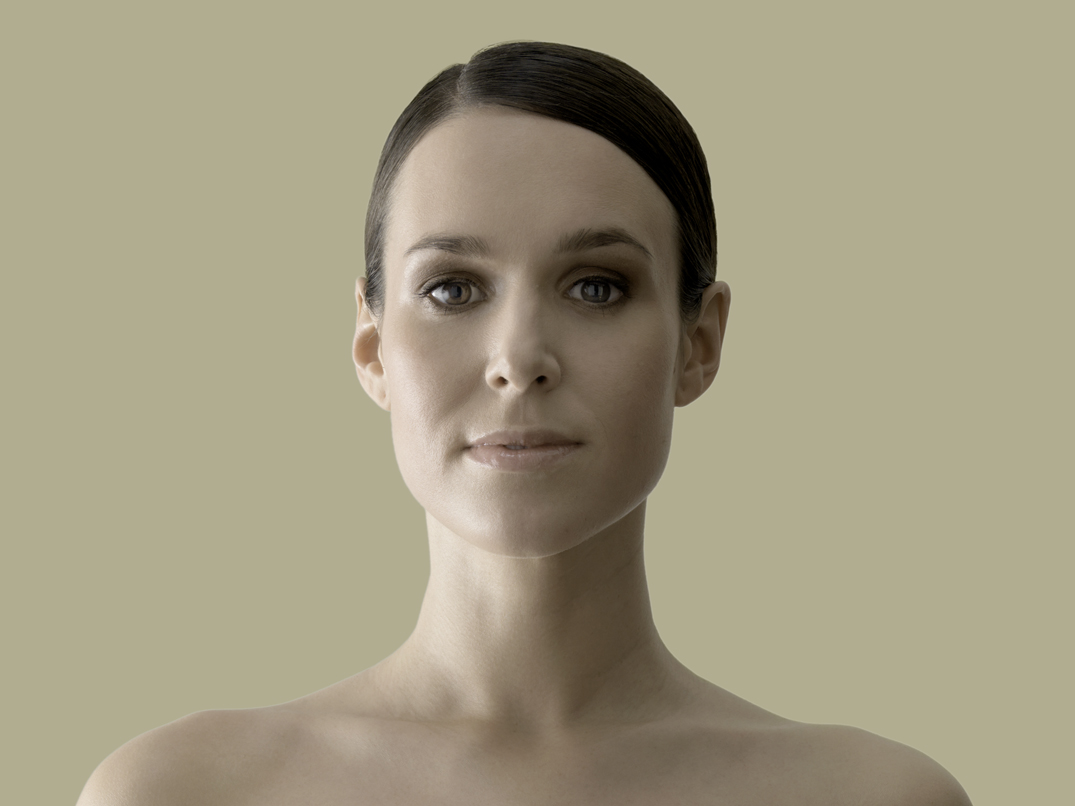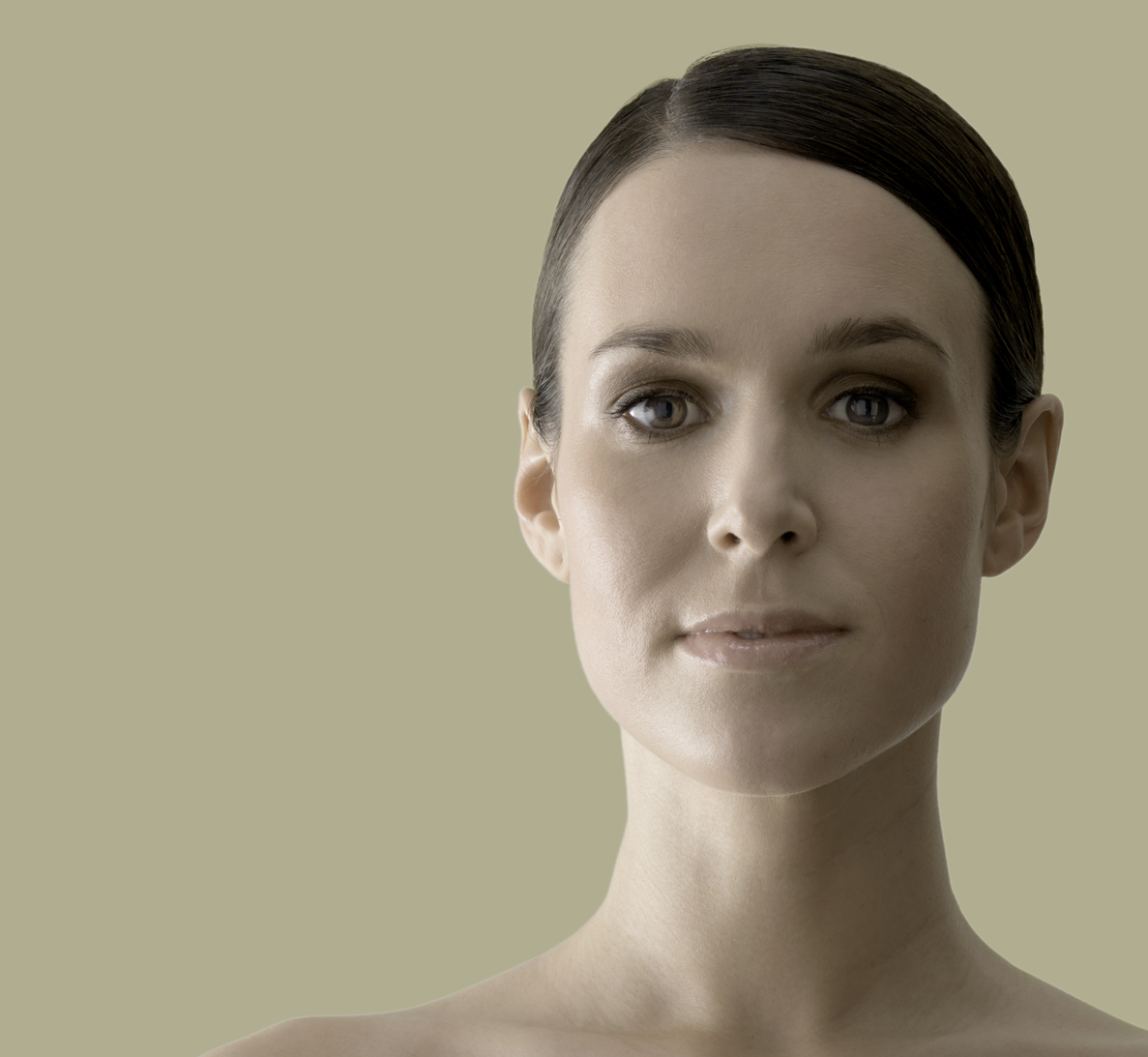
Since February 2016, the AARE KLINIK offers medical micro-needling with the Eclipse MicroPen® for the treatment of facial wrinkles, scars and stretch marks.
What is micro-needling?
Micro-needling is a minimally invasive treatment where the skin is repeatedly punctured with fine needles applied on rollers or stamps. This procedure stimulates the body’s own tissue regeneration. With medical micro-needling, the needle length varies between 0.5 and 2.5 mm depending on the area of skin and treatment target and the treatment is performed under local anaesthesia. Cosmetic micro-needling, on the other hand, employs a needle length of only 0.2–0.3 mm and can be performed without anaesthesia at home.
How does micro-needling work?
Medical micro-needling involves puncturing the skin uniformly in a controlled manner with extremely fine needles that are mounted onto rollers or stamps. The tissue is subjected to micro-lesions that stimulate the skin to produce collagen and elastin, two important components of the connective tissue. Stimulation of skin regeneration can be employed to improve the complexion and treat fine wrinkles, scars or stretch marks. In addition, micro-needling creates microscopic channels in the skin, thereby increasing the permeability of the skin barrier for substances that are applied to improve the skin’s appearance. Furthermore, the stimulation of blood circulation through the micro-needling may be partially used to treat hair loss.
Unlike skin peeling, be it via chemical, laser or dermabrasion, micro-needling does not cause any abrasion of the upper skin layers, but preserves the skin structure. Unlike a laser, micro-needling does not generate any heat, thus making the treatment safer and more pleasant, as well as shortening the healing period.

Considerations
When to consider micro-needling:
- You suffer from scars as a result of acne or operations.
- You are disturbed by fine facial wrinkles, such as in the area around the eyelids or lips.
- You’d like to have a smoother, more even complexion.
- You have stretch marks, for example, as a result of weight fluctuations or pregnancy.
- Micro-needling cannot remove scars or stretch marks, but can make them visually less conspicuous.
Consultation
As with any other cosmetic treatment, a prerequisite to a successful micro-needling is careful planning. This starts with a personal consultation.
- Communication of wishes and expectations ascertain what you would like to improve.
- Explanation of the possibilities and scope of micro-needling.
- After your medical history is taken and your health assesssed, you will be informed about possible treatment alternatives.
- Only when micro-needling proves to be the most appropriate treatment, will the procedure be planned.
- Risks and possible complications and side-effects are discussed and documented.
Due to the microscopically fine injuries inflicted upon the skin with micro-needling, the treatment is not suitable for those who suffer from:
- skin irritation and eczema
- skin infections
- fungal infections
- acne
- rosacea
- psoriasis
- skin cancer (or signs of any irregularities)
- prominent birthmarks
- warts
- wounds
Procedure
- Before undergoing a medical micro-needling procedure, standardised digital photos are taken of the region being treated.
- To ensure a painless treatment, the areas of skin to be treated are prepared with a local anaesthetic cream 30–45 minutes prior to micro-needling.
- Depending on the region of the body, skin thickness and treatment target, the needle length of the Eclipse MicroPen® is set.
- The skin is cleaned and disinfected and then uniformly treated in one or more passes with the Eclipse MicroPen®.
- The pen is passed with slight pressure over the skin.
- This painless procedure generates thousands of superficial microscopic channels in the skin.
- After treatment, the skin is cleaned again.
Risks and side effects
As with all treatments, there are side effects with micro-needling. Fortunately, complications are rare. Side effects include:
- Slight bleeding, secretion and fine scabbing from the superficial layers of the skin.
- Redness and swelling of the skin in the first 2–3 days after treatment. Redness can be covered with makeup from the first day after treatment.
- In general, recovery time is only a few days. However, slight redness of the skin may last up to a week.
- Micro-injuries to the skin from micro-needling trigger an inflammatory response in the context of wound healing. Thus, there is a risk of post-inflammatory hyperpigmentation, (i.e. darker skin pigmentation) after the micro-needling.
- Consequently to minimise the risk of hyperpigmentation, you should protect your skin with factor 30+ sunscreen and avoid any substances that sensitise the skin to UV radiation for 2–4 weeks after treatment.
Preparation
- There is no special preparation required before micro-needling.
- You should avoid applying makeup on the day of treatment.
- If you have a tendency for cold sores, a prophylactic administration of an antiviral agent should be considered.
After treatment
- On the day of treatment, your skin should be washed with water and a non-perfumed light moisturizing day cream should be applied.
- From the first day after treatment, any redness can be concealed with makeup.
- From the second day after the treatment, skincare products, (in particular creams containing retinol) can be used again.
- The treated skin area should be protected from the sun with a factor 30+sunscreen for 2–4 weeks.
- All substances (medicines, creams, etc.) that sensitise the skin to UV radiation should also be avoided during this period in order to minimise the risk of post-inflammatory hyperpigmentation.
Outcome
- The result of the treatment is usually visible after 6–8 weeks.
- However, several sessions are usually needed to achieve the treatment goal.
- 2–3 sessions are usually needed for the treatment of fine lines.
- 6–8 sessions at 6 weeks intervals are usually necessary for the treatment of scars and stretch marks.
- Due to the effects of aging, it makes sense to repeat the treatment at regular intervals, 1–2 times a year, in order to rejuvenate the skin’s appearance.
Costs
- The cost of micro-needling depends on the size of the skin area to be treated and the number of individual treatments.
- A more accurate estimate can therefore only be made after a personal consultation.


